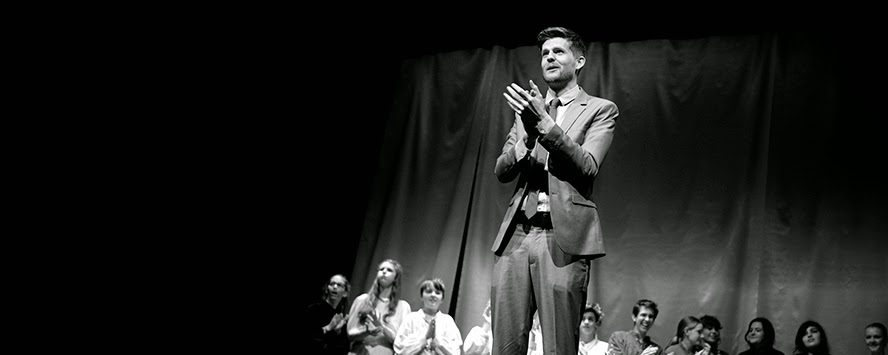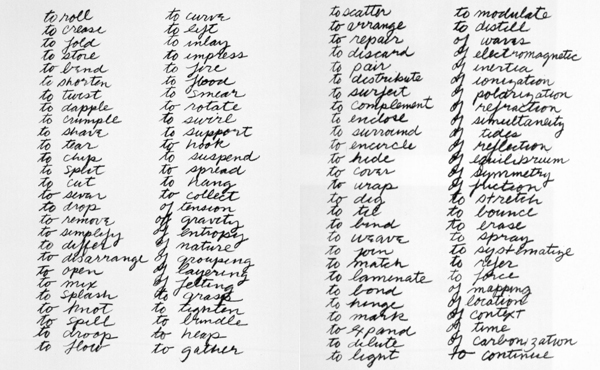As it's that time of the year when our groups of students are new, where students actually coming into physical contact with each other is only through awkward hugs or unfriendly 'roughhousing', and when there is more ice in the classroom than at the antarctic, many of us have team-building and ice-breakers on our planning.
I've had some really successful outcomes from some of my recent team building, so I wanted to share some of my favourite team/trust building exercises with you.
Here's one of them...
1.
The Human Obstacle Course
This exercise requires at least a corridor's width of space, but obstacles from the classroom can be incorporated into the activity if space is tight. It also requires a blindfold. It's an ideal one for when you have a group that need to be active to remain focused as the whole group can participate in one go, but your attention for safety can be focused on the parts with risk.
One 'adventurer' is selected and three 'spotters/guides' each time. The rest of the group will form the obstacle course.
Now imagine a scene from Indiana Jones or Tomb Raider, where the adventurer is negotiating an obstacle course with swinging pendulum blades, rotating gears, puffs of flames, spikes that repeatedly pop out of a wall and so on. This is what you are trying to create but with human bodies. An obstacle course that has students working in pairs or threes with arms/legs/bodies that create shapes to step over or crawl under; and repetitive and regularly timed movements (2/3 seconds between each movement at least) that mimic the kind of obstacles I mentioned above. When setting this up, remind students that it should be a little bit challenging but achievable- this is about building trust and confidence remember! If a situation ever looks like becoming dangerous e.g. you are swinging your arm to create an obstacle and you can tell that at the current pace and direction the adventurer will connect with your arm, stop swinging it. Or as a teacher, intervene. Safety first.
Before starting, brief the whole group on the purpose of the exercise. It's about building trust, communicating and giving directions, and working as a team (which includes the people of the obstacles too) to give each adventurer an experience and to build their confidence. There should be no practical jokes. Ever. That's so important. Jokes in this situation destroy trust and after one the whole exercise can fall apart.
Then take your spotters/guides. It is their primary responsibility to ensure the safety of the adventurer (the adventurer will be blindfolded for the obstacle course so they must be the eyes of the person). Brief them on basic safety, keeping an eye on the adventurer's head, not letting them fall, etc. Then their secondary objective is to guide them through the obstacle course. Two spotters hold the adventurer's hands and the third stays behind/in front and helps to give verbal directions to the adventurer.
Then take your adventurer. Reassure them on being safe for five reasons- 3 spotters, 1 teacher watching/intervening for safety and 1 group of people as 'obstacles with awareness'. Then blindfold them. From this point on, they should never ever be left with out someone physically connected to them (it's disconcerting to be blindfolded without the safety line of physical contact) So ask the two spotters to take the person's hands and not to let go until the adventurer is through the obstacle course.
Then when everyone is ready, start the rhythm of the obstacle course, (remember steady, rhythmic movements) and then help your adventurer to pass through it. The spotters should be talking to them all the time. This is also an exercise in communication- the adventurer can't see, so the spotters have to describe what's coming, direct how to pass it and reassure/congratulate throughout.
Then when they have finished, change the spotters, change the adventurers and get the obstacle course to quickly change it up for new combinations/new obstacles.
And watch as that early year ice melts away...








.jpg)







